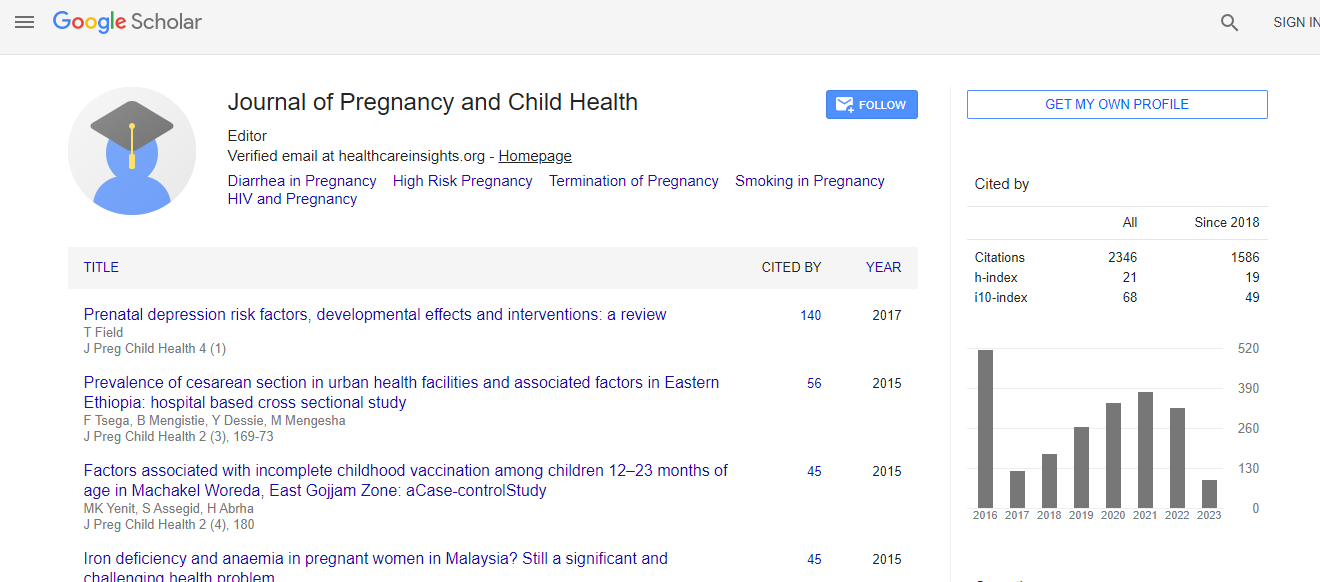Case Report
Gastric Teratoma during Infancy: Report of 2 Cases and Review of the Literature
Hemonta Kumar Dutta* and Pradip Kumar Deuri
Department of Pediatric Surgery, Assam Medical College and Hospital, Dibrugarh, India
- *Corresponding Author:
- Hemonta Kumar Dutta
Department of Pediatric Surgery
Assam Medical College and Hospital
Dibrugarh, India
Tel: 919435031257
E-mail: hemontdut@gmail.com
Received date: September 09, 2015; Accepted date: October 12, 2016; Published date: October 17, 2016
Citation: Dutta HK, Deuri PK (2016) Gastric Teratoma during Infancy: Report of 2 Cases and Review of the Literature. J Preg Child Health 3:283. doi:10.4172/2376-127X.1000283
Copyright: © 2016 Dutta HK, et al. This is an open-access article distributed under the terms of the Creative Commons Attribution License, which permits unrestricted use, distribution and reproduction in any medium, provided the original author and source are credited.
Abstract
Gastric teratoma is a very rare tumour during infancy and childhood, usually benign and predominantly affects males. We present two infants, one male and a female, 7 and 6 months of age respectively, who presented with distension of the upper abdomen with palpable mass. The 2nd child had feeding problem for 2 days. Imaging studies showed both the tumours arising from the posterior walls of the stomach. In both the patients, the tumours could be completely excised. The histology had shown features of mature teratoma. Both the children are on regular follow up for 12 months and 36 months, respectively and are doing well.

 Spanish
Spanish  Chinese
Chinese  Russian
Russian  German
German  French
French  Japanese
Japanese  Portuguese
Portuguese  Hindi
Hindi 
